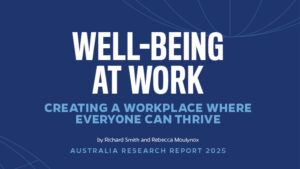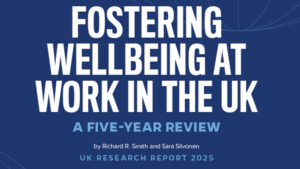Word count: 420
Why it matters:
Organizations frequently waste resources and generate poor outcomes not by making bad decisions—but by solving the wrong strategic problems, a “Type III error”. High-stress, ambiguous, or complex contexts especially increase the risk of these costly mistakes. Traditional tools focus on decision quality, not problem formulation, leaving leaders vulnerable to these blind spots.
What the researchers found:
- Type III errors, solving the wrong problem, are common and costly across industries, yet rarely addressed by management research or practice.
- The authors propose a new “microfoundational” model that blends brain science and management theory to describe how stress, over-reliance on familiar heuristics, and low levels of abstract thinking can lead to Type III errors.
- They designed the “triple-tier brainstorming” protocol to reduce these errors, satisfying three key criteria:
- Activate calm: Begin with techniques (deep breathing, mindfulness) that shift the mind from threat/“fight or flight” mode to a more reflective state.
- Broaden the frame: Develop multiple problem formulations from different stakeholder perspectives that may conflict with one another before considering solutions.
- Abstract and synthesize: Step back to integrate these formulations at successively higher levels of abstraction, seeking the true strategic challenge before brainstorming solutions.
How we know:
- The article builds on decades of research from cognition, management, and neuroscience to generate both theory and practical protocol steps.
- A community health center case study illustrates how rapid, solution-driven action led to strategic failure, and how the protocol could have revealed the real problem, saving resources and organizational credibility.
- The protocol fits into a broader push in strategy to improve not just how organizations make choices, but how they define their problems in the first place.
What this means:
- For Leaders: Slow down. Physically calm your mind and body before tackling strategic questions and avoid jumping from the perceived problem to solution out of habit or anxiety.
- For Teams: Use structured protocols to brainstorm alternative problem frames and pause regularly to pull back to strategic “big picture” synthesis.
- For Organizations: Embed problem-framing and the Triple-tier Brainstorming protocol into your leadership development, retreats, and board discussions.
Now what:
- Begin every high-stakes or ambiguous strategy session with a calming exercise to reduce stress-driven thinking.
- Require all participants to generate (and share) several alternative problem statements before proposing solutions.
- Synthesize and periodically step back to abstract, strategic reformulations—resist moving to solutions until consensus on the real problem is achieved.
- Review failed or struggling initiatives to see if Type III errors played a role and pilot the protocol in future strategic projects.



